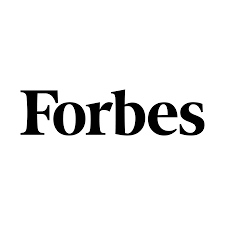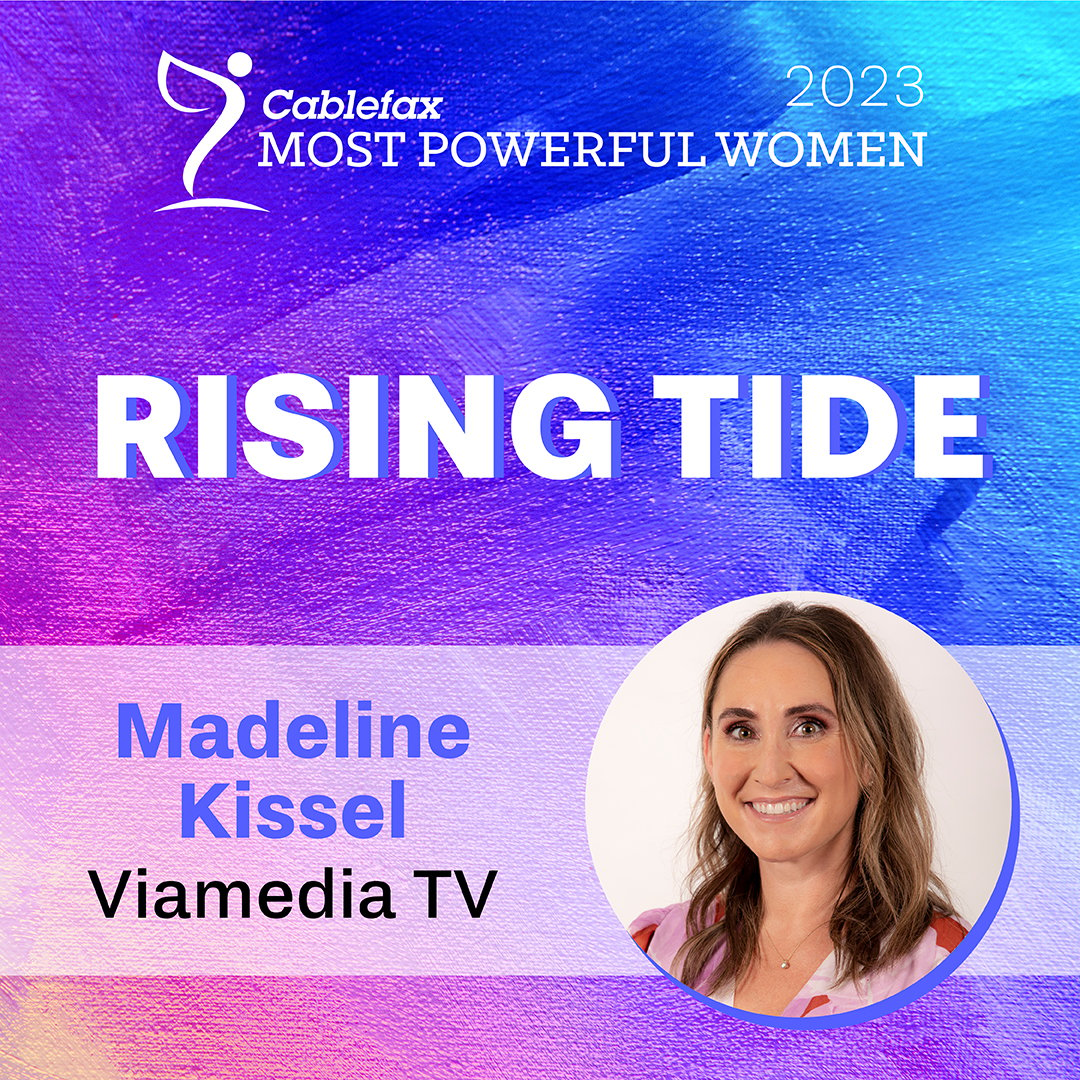-
Written by Brad Adgate and published in Forbes May 6, 2020

The impact of COVID-19 has been widespread and will continue well into 2020 and beyond. As a result, the pandemic has had an effect on the federal, statewide and local elections that will continue up to Election Day. This will impact political ad dollars, campaign strategies, appearances and media coverage. A survey from Pew Research says two-thirds of Americans expect COVID-19 will disrupt this November’s general election.
Prior to COVID-19, the Democratic Party had unexpectedly coalesced around former Vice President Joe Biden as their Presidential candidate. Overall, there had been 28 candidates before the party settled on Biden. With the glut of candidates, including two billionaires (Michael Bloomberg and Tom Steyer), Steve Passwaiter, the Vice President and General Manager of Kantar CMAG, wrote, “2020 has already been an unusual year for political ad spending well before the coronavirus surfaced.”
Following Super Tuesday on March 3, most of Biden’s prominent rivals dropped out of the race and endorsed the former Vice President. On April 8, Bernie Sanders dropped out and announced his support of Biden. This sudden unity had an impact on political ad dollars, especially with Bloomberg, who had spent nearly $580 million on his candidacy. In total, over $1 billion was spent by all Democratic Presidential aspirants.
The impact of COVID-19 has been widespread and will continue well into 2020 and beyond. As a result, the pandemic has had an effect on the federal, statewide and local elections that will continue up to Election Day. This will impact political ad dollars, campaign strategies, appearances and media coverage. A survey from Pew Research says two-thirds of Americans expect COVID-19 will disrupt this November’s general election.
Prior to COVID-19, the Democratic Party had unexpectedly coalesced around former Vice President Joe Biden as their Presidential candidate. Overall, there had been 28 candidates before the party settled on Biden. With the glut of candidates, including two billionaires (Michael Bloomberg and Tom Steyer), Steve Passwaiter, the Vice President and General Manager of Kantar CMAG, wrote, “2020 has already been an unusual year for political ad spending well before the coronavirus surfaced.”
Following Super Tuesday on March 3, most of Biden’s prominent rivals dropped out of the race and endorsed the former Vice President. On April 8, Bernie Sanders dropped out and announced his support of Biden. This sudden unity had an impact on political ad dollars, especially with Bloomberg, who had spent nearly $580 million on his candidacy. In total, over $1 billion was spent by all Democratic Presidential aspirants.
Political ad dollars were not just limited to the race for the White House. There are also a number of competitive races with Congressional seats. Advertising Analytics reported that weekly spending in House and Senate races reached a peak at $21.5 million prior to Super Tuesday and steadily dropped to $5 million by the end of the month. In addition, Biden has not run any traditional media ads since March 17. Passwaiter notes, “Political ad spending is always at its lowest point in March, April and May.”
As the Democrats unified behind Biden, the COVID-19 pandemic began to spread. Fifteen states have pushed back their primary date, many of them moved from early Spring dates to June. In addition, several states have announced that voting will be done completely by mail.
New York, which had originally scheduled its Presidential primary for April 28, pushed it back to June 23. As New York became an epicenter for COVID-19, and with Biden the presumed candidate, the state, citing the primary vote as “a beauty contest that the state can ill afford in the face of the coronavirus epidemic,” cancelled its Presidential primary. The primary was recently reinstated by a federal judge.
On the other hand, Wisconsin opted not to change its primary date of April 7. Ohio moved its state primary date from March 17 to April 28, with voters using the mail. The Pew Research survey also found that 70% of Americans favor a person voting by mail if they want to. Broken out by party affiliation, Democrats feel more strongly that COVID-19 will impact the election and are more likely to favor voting by mail.
The Democrats have delayed their party convention, originally scheduled for July 13-17, to the week of August 17. Milwaukee will be the host city. The Republicans have scheduled their party convention for August 24-27 in Charlotte. Depending on the status of the pandemic, in both instances, the convention dates may be moved again or cancelled entirely.
As COVID-19 spread, candidates initially avoided the topic, not wanting to politicize the global pandemic. That has since changed. According to Advertising Analytics, the first political ads on broadcast TV that addressed COVID-19 were from Michael Bloomberg in early March. Since then, the number of different political ads citing COVID-19 has steadily increased, reaching 64 for the week of April 25.
Expect political ads mentioning the pandemic to continue for the time being. Advertising Analytics says while it’s difficult to project messaging trends out too far, given how quickly the political landscape shifts, it seems that COVID-19 will be the largest topic of ads in 2020. Not all of the ads will be on this topic, however. We’re already seeing the curve of ads mentioning COVID-19 smooth out at around 40-45% of political ads. However, this could easily increase or decrease depending on if there is a second wave or a vaccine or some other drastic event. For the week of March 10, in local broadcast, candidates spent $467,000 on ads that mentioned COVID-19. In the most recent available data (week of April 28), it had risen to $3.2 million.
Not surprisingly, most of these ads come from super PACs such as America First and Priorities USA, running in such Presidential battleground states as Wisconsin, Michigan and Pennsylvania. COVID-19 ads are also prevalent in competitive Senate races in Maine, Kentucky and Montana. The ad messages vary, Ben Taber, an Account Manager at Advertising Analytics says. “Broadly speaking, we are seeing incumbents tout their response to the crisis, while challengers are saying that the response has been inadequate. We’re also seeing ads simply thanking workers on the frontlines of the crisis.”
In his December 2019 report, Vincent Letang, the EVP pf Market Intelligence at MAGNA, had forecast an increase of 38% in political ad dollars for 2020 compared to 2016. With COVID-19, Letang, in March, had dropped his forecast to +26%. Letang cites three primary sources for political contributions: corporations, large donors and small donors. Because of the current economic climate, Letang expects corporations and small donors to cut back on their political contributions, impacting ad spending, with large donors maintaining or even increasing their campaign contributions.
Letang forecasts $5 billion will be spent in political advertising, which should pick up in third quarter and run through Election Day. As in recent years, local television will garner the most ad dollars at $3.3 billion. This comes at a time when local TV stations, despite an increase in ratings, are reporting significant losses in ad revenue, as many product categories, concerned about the economy, have cut back on their budgets. MAGNA also forecasts direct mail at $500 million, social media at $400 million and digital video at $200 million.
Advertising Analytics expects a higher share of budgets going to media spending with rallies and other forms of face-to-face advertising seemingly off the table. As a result, in the aggregate, they have increased their political media expenditures projection for 2020 upward by about 12%, to over $6.5 billion.
Looking ahead, Mark Lieberman, the President and CEO of Viamedia, believes the 2020 campaign with no rallies will be similar to the 19th century, when Presidential candidates relied on supporters acting as surrogates to reach voters. In 2020, these surrogates will be the media, especially television and digital. As Lieberman states, “Television with its sight, sound and motion remains the best medium to build awareness while digital media allows candidates to shake the virtual hands of voters. Bloomberg’s cross-platform media strategy of spending heavy on television combined with digital media with their superior targeting capabilities and memes, could be copied by Biden.”
Another factor that could have an effect on campaign ad spend will be if and when premium TV sporting events will return. Lieberman says, “With sporting events either cancelled or postponed, there is a hunger for televised sports as witnessed by the ratings of the NFL Draft and ESPN’s The Last Dance. When Major League Baseball season begins, the NBA season restarts and the NFL, they will be ideal vehicles for political campaign ads seeking to reignite awareness.”
In any event, in analyzing campaign ad spend data from the Federal Election Commission (FEC), Michael Leszaga, Manager of Market Intelligence at MAGNA, points out, thanks to billionaires Bloomberg and Steyer, political ad spending in the 2020 cycle had already set a record before the COVID-19 pandemic began.






